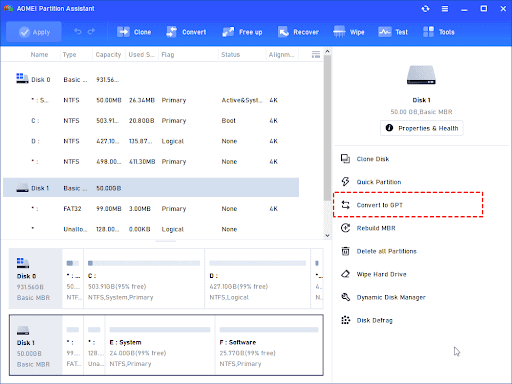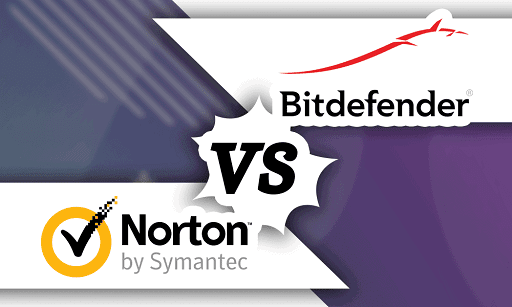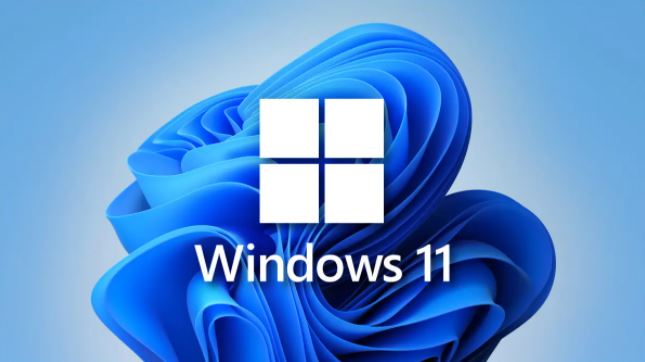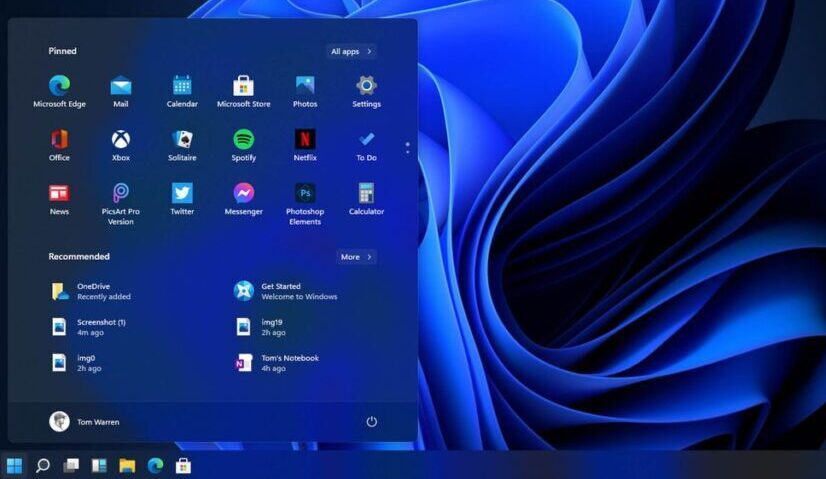Microsoft provided different ways to install Windows 10 operating systems on PC or Laptop devices. Whether you are upgrading from your existing Windows 7, Windows 8, or Windows 8.1, or you are installing a new Windows OS from scratch or reinstalling a fresh version of the Windows 10 OS. There are many free ways to get Windows 10 license keys.
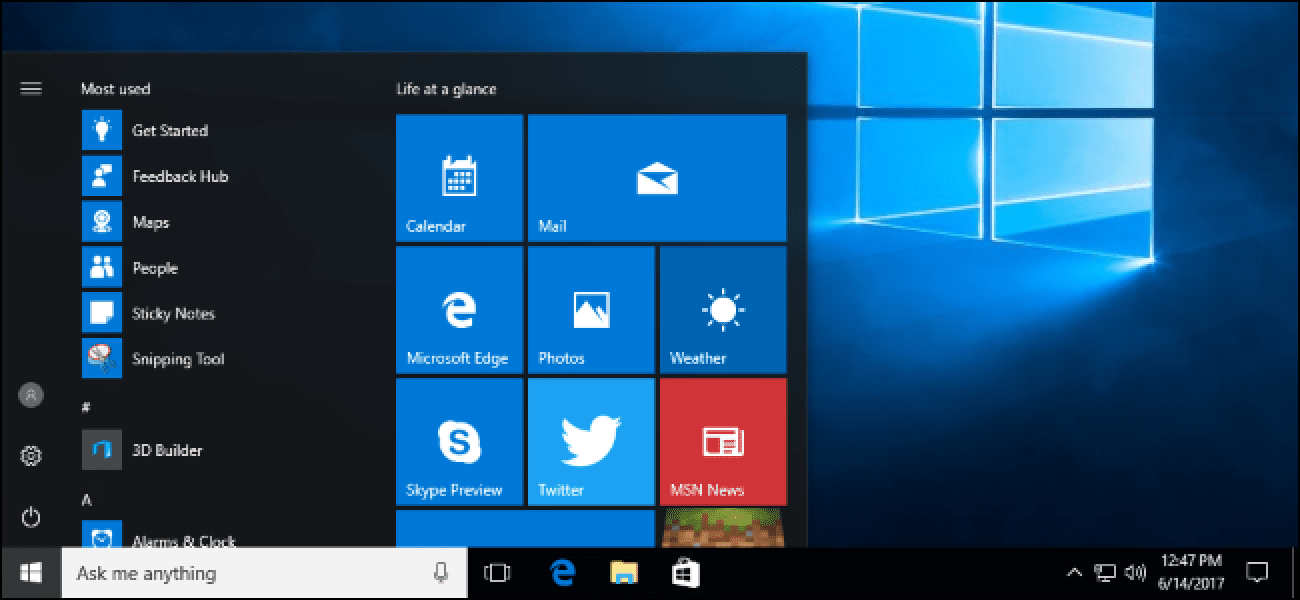
How to get a Windows 10 License Keys for free
There are many ways of getting Windows 10 license keys for free on your PC or Laptop.
- Upgrade from Windows 7 or 8: Microsoft still offers a free Windows 10 upgrade to PC and Laptop users who use accessibility tools. Users with genuine Windows 7 or 8 can still use their product key in the installer to receive a free Windows 10 upgrade license. Your PC or Laptop would have the Windows 10 license forever once the upgrade has been completed, so if you upgraded your computer when it was released and downgraded shortly after that. Then, you are still eligible to upgrade to Windows 10 OS for free because a license associated with your PC is stored on Microsoft’s servers.
- Buy a New PC with Windows 10: If you have recently bought your PC or Laptop and found Windows 10 installed in it, that means you have a license key embedded into its Unified Extensible Firmware Interface (UEFI firmware). This also means the manufacturer has already paid for a license. So you can reinstall Windows 10 on your PC without being asked for the keys. Windows installers will pull your computer’s license key from a chip on the motherboard.
- Purchase a Windows 10 license: If you are the type that builds your own PC and you do not have any OS installed on it. Then all you have to do is purchase a Windows 10 license from the Microsoft store.
- Don’t get a license: If you do not have a Windows license key installed on your PC, No worries, you can still install Windows 10 without entering a product key. You will see messages telling you your Windows 10 system is not licensed and needs to be activated. But it will be completely usable on your screen. You can purchase a Windows 10 license from the Store within Windows 10 to turn it into a properly licensed Windows 10 PC. This is a convenient solution for testing Windows 10 on a PC without purchasing it first.
How to Upgrade to Windows 10 from Windows 7 or 8
To upgrade from your existing Windows OS, you can use Microsoft’s upgrade tools to install Windows 10 on your personal computer from Windows 7 or Windows 8.1. These media tools also make it possible to downgrade back to an older version of Windows OS say, Windows 10 back to Windows 7 or 8.1 after the upgrade was done.
If you’re taking advantage of the Assistive Technologies offer, just download the tool from the Assistive Technologies website and click through the wizard. It will give your PC a free Windows 10 license and install Windows 10.
The Assistive Technologies offer will expire on December 31, 2017. However, if you take advantage of the offer before then, your PC will permanently have a genuine Windows 10 license.
You can also read: Windows 11 digital licenses now available on Microsoft
If you are upgrading to Windows 10 for another reason, perhaps you have previously upgraded to Windows 10 on the current PC, and it already has a valid license, you can use the Download Windows 10 tool. Click “Download Tool Now,” run it, and select “Upgrade this PC.” Follow the instructions on your screen to complete the upgrade process.
The tool you use will download the Windows 10 installation files and begin the installation process.
How to get installation Media Tools and do a clean install of Windows 10
If you don’t want to upgrade from an existing Windows installation. You can download the official Windows 10 installation media for free from Microsoft and perform a clean install. To do this, visit Microsoft’s Download Windows 10 page, click “Download Tool Now,” and run the downloaded file. Select “Create installation media for another PC.”
Be sure to select the language, edition, and architecture you want to install on Windows 10. If you’re installing it on a PC with a 64-bit CPU, you probably want the 64-bit version. If you’re installing it on a PC with a 32-bit CPU, you’ll need the 32-bit version. You can check what type of CPU your PC as if you don’t know off the top of your head.
Suppose you are installing Windows 10 on the current PC. Just keep the “Use the recommended options for this PC” box checked. The tool will automatically download the correct version for your current PC.
The tool will allow you to copy the Windows 10 installation files to a USB drive or burn them to a DVD. If you’re using a USB drive, it must be 4 GB or larger in size. All files on the USB drive will be erased as part of this process.
Windows Installation Media Tools
If you want to install Windows 10 on a virtual machine, select the “ISO file” option here. This tool will download an ISO file setup. And you can then boot the downloaded ISO in a virtual machine to install Windows 10 inside it.
Once you have created installation media, you will need to insert it into the PC you want to install Windows 10 on. You then boot from the installation media. This may require modifying the boot order in your PC’s BIOS or UEFI firmware.
You can also read: The Best Tools for PPC Agencies Must Use in 2025
On the Windows Setup screen, select your language, time and currency format, and keyboard layout. Click “Next” to continue. When you reach the installer screen, select “Install Now” and follow the instructions to install Windows 10 on your PC.
When you see the Activate Windows screen, you’ll need to either enter a key or skip it. You may not see this screen if Windows 10 automatically detects a key associated with your PC’s hardware.
- For users who have never installed and activated Windows 10 on their computer before, enter your Windows 10 key. If you don’t have one, but you have a valid Windows 7, 8, or 8.1 key, enter it here instead.
- And, If you have previously taken advantage of the free Windows 10 upgrade offer on this PC. Click “I don’t have a product key.” Windows will automatically activate with a “digital license” associated with your PC’s hardware on Microsoft’s servers once it’s installed.
Windows Installation Media Tools
When you reach the “Which type of installation do you want?” screen, click “Custom” to perform a clean installation and remove everything on your PC. (If you’ve changed your mind and want to upgrade your existing installation, you can click “Upgrade.”)
On the next screen, select the hard drive you want to install Windows on and erase it. If you have multiple partitions on that drive, you may want to erase those as well.
Warning: When you delete a partition, you are also deleting all the files on that partition. Be sure you have backups of any important files before doing this!
When you are done erasing partitions, you should have a big block of “Unallocated Space.” Select that, click “New,” and once it’s formatted your drive, click Next.
You can also read: How To Use Generative AI Strategies To Improve SEO Results
Windows 10 will install itself and may restart a few times during this process. When it’s done, you will see the normal setup interface. You also see when setting up Windows 10 on any new PC, where you can add user accounts and adjust various settings.
How to Reinstall Windows 10 on a PC That Already Has Windows 10
If you already have Windows 10 on your PC and want to perform a fresh install, you can also do that.
Windows 10’s Creators Update makes it much easier to install Windows 10 from scratch. You can use the “Fresh start” option in Windows Defender to get a completely fresh-from-Microsoft Windows 10 system. Unlike the standard Refresh and Reset options, which preserve any bloatware your PC manufacturer installed, this will wipe away all that manufacturer-installed stuff and just leave a fresh Windows 10 system.
If you don’t currently have Windows 10 installed or just prefer doing things the old-fashioned way, you can also use the Download Windows 10 application to create Windows 10 installation media and reinstall from scratch, if you prefer.
Whether your PC came with a Windows 10 license or you previously took advantage of the free upgrade offer, you won’t need to enter a license key during this process. Your Windows 10 license will be automatically acquired from your PC’s hardware or via Microsoft’s servers.
Would you like to read more about Microsoft Windows-related articles? If so, we invite you to take a look at our other tech topics before you leave!






